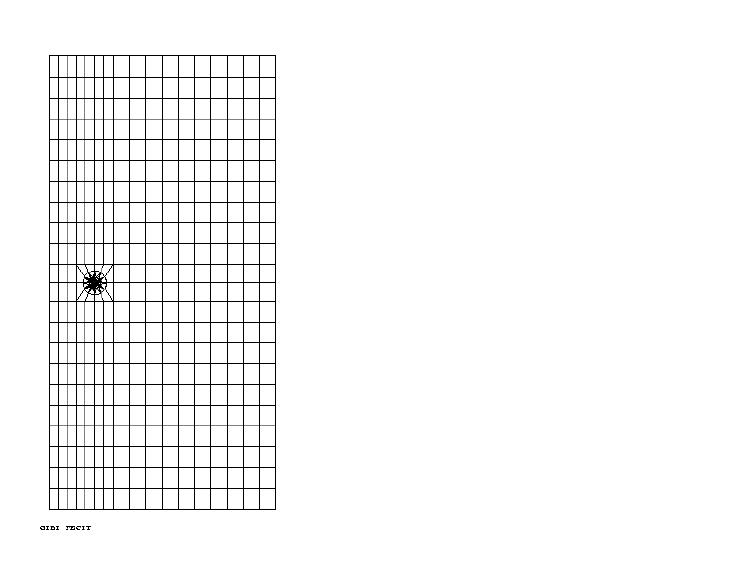5. C modeling#
Calculation with CALC_G and POST_K1_K2_K3 in axisymmetry.
5.1. Characteristics of modeling#

This modeling makes it possible to test the calculation of \(\mathit{K1}\) using POST_K1_K2_K3 (method for extrapolating movements on the lips of the crack) axisymmetrically.
Only the traction load is retained in this modeling.
5.2. Characteristics of the mesh#
Number of knots: 1477
Number of meshes and type: 402 QUAD8 and 60 TRIA6
The middle nodes of the edges of the elements touching the bottom of the crack are moved to a quarter of these edges, to obtain better precision.
5.3. Tested sizes and results#
Identification |
Method |
Reference |
Reference Type |
\(\text{\%}\) Tolerance |
|
\(G\) |
|
11.6 |
|
1.8 |
|
\(\mathit{K1}\) |
|
1.60E+006 |
|
3 |
|
\(\text{G\_IRWIN}\) |
|
11.6 |
11.6 |
|
1.8 |
5.4. note#
A STAT_NON_LINE command is added to validate the changes made on xpesro.f. The results obtained from this test case will be compared with those obtained from the sslv134i test cases for \(\text{X-FEM}\) in axi-symmetric mode. In addition to the simple traction applied to the top and bottom edges of the plate, a rotation of \(150\mathit{trs}\mathrm{/}\mathit{min}\) around the symmetric axis is applied.
With option G, \(G\mathrm{=}\mathrm{21,4}\) and \({K}_{1}=219E+05\).